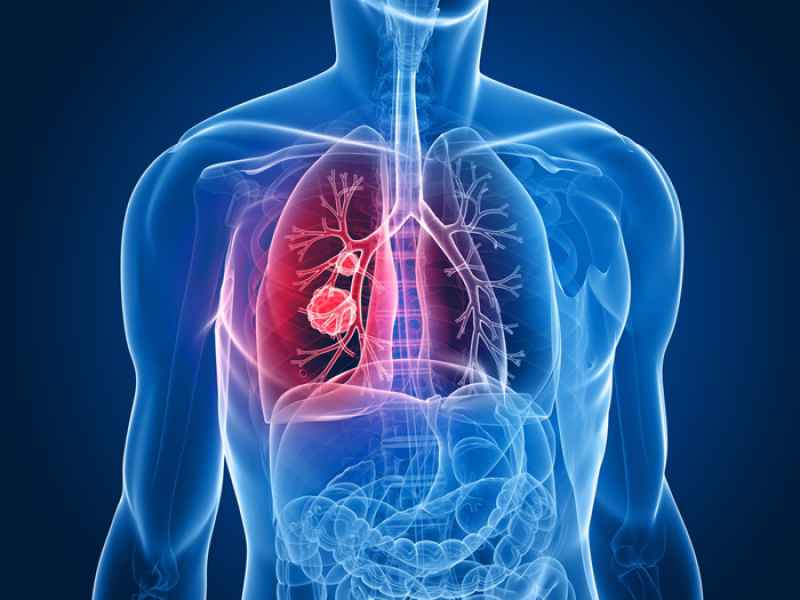



Miller School of Medicine researchers have found that the age of a donor mouse affects the ability of its mesenchymal stem cells (MSCs) to repair damage to the lungs caused by pulmonary fibrosis.
Their laboratory study, published recently in Translational Research, has important implications for clinical stem cell treatments in older patients with damaged and scarred lung tissue caused by smoking or other conditions.
“Donor stem cells from younger mice were effective in preventing damage when infused into older mice at the same time as a disease-causing agent,” said Marilyn K. Glassberg, M.D., professor of medicine, surgery and pediatrics, Director of the Interstitial Lung Disease Program, Director of Pulmonary Diseases at the Interdisciplinary Stem Cell Institute, and Vice-Chair of Medicine for Diversity and Innovation. “However, donor MSCs from older mice had virtually no effect.”
Because there are no drugs to reverse the damage from pulmonary fibrosis, researchers have studied the potential for autologous MSCs from a patient’s own body as a possible strategy for repairing lung tissue, said Glassberg, who was a senior author of the study, “Therapeutic benefits of young, but not old, adipose-derived mesenchymal stem cells in a chronic mouse model of bleomycin-induced pulmonary fibrosis.”
Jun Tashiro, M.D., M.P.H., surgical resident, and Sharon J. Elliot, Ph.D., research associate professor of medicine, were lead authors of the Miller School study, and other co-authors were David J. Gerth, M.D., assistant professor of surgery; Xiaomei Xia, research associate in medicine; Simone Pereira-Simon, research associate in surgery; Rhea Choi, M.D./Ph.D. student; Paola Catanuto, Ph.D., senior research associate of surgery; Shahriar Shahzeidi, M.D., clinical assistant professor of pediatrics; and Rahil H. Shah, student assistant. Also contributing to the study were Rebecca L. Toonkel, M.D., of Florida International University; and Fadi El Salem, M.D., of the Icahn School of Medicine at Mount Sinai.
“Our study found that the age of the donor animal is important,” said Glassberg. “This would indicate that it’s unlikely that infusions of autologous stem cells from the body of an older patient would be effective in treating pulmonary disease.”
A series of laboratory studies in the late 1990s and early 2000s indicated that stem cells could repair lung damage in mice given bleomycin (BLM)-induced pulmonary fibrosis. “These studies used young mice as the model,” said Glassberg. “But data showed that these mice would be able to repair the damage without being given stem cells.”
To develop a better representative model for pulmonary fibrosis, Elliot was able to obtain old mice – equivalent to 70 human years – through a grant from the National Institutes of Aging (NIH). When these mice received stem cell infusions from old donor mice, there was no reduction in fibrosis or other signs of improvement. However, when old mice received MSCs from young donor mice, their lung damage did improve. Importantly, when young mice received old donor MSCs their lung repair was altered. Studies are ongoing to determine what old donor cells have or lack compared to young donor cells that render them ineffective.
“We plan to continue to develop more representative models of human pulmonary fibrosis,” said Glassberg. “Our goal is not only to develop a preventive model of disease but also to search for a way to offer safe and effective clinical treatments for patients with this deadly disease.”
Miller School Departments, Centers and Institutes
Whether you're a patient seeking stem cell therapy or a doctor seeking stem cells for your patients, please feel free to get in touch with us.
OR
Call or Text/SMS to 1-520-STEMAID